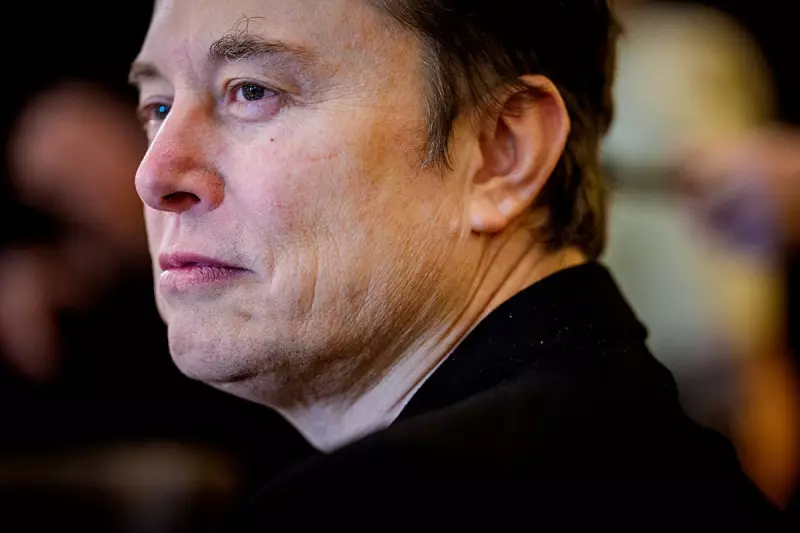
In a spectacular display of aerospace engineering, SpaceX's colossal Starship rocket has completed its most successful test flight to date, marking a pivotal moment in private space exploration.
A Giant Leap for Commercial Space Travel
The world's largest and most powerful rocket system roared to life at SpaceX's Starbase facility in Boca Chica, Texas, achieving multiple critical objectives that bring Mars colonization closer to reality. The fourth major test flight demonstrated remarkable progress in the vehicle's reusability and control systems.
Key Breakthroughs in Latest Launch
SpaceX engineers celebrated several monumental achievements during this mission:
- Successful splashdown of the Super Heavy booster in the Gulf of Mexico
- Controlled atmospheric re-entry of the Starship upper stage
- Precise landing burn demonstration over the Indian Ocean
- Enhanced thermal protection system performance during extreme heat
Engineering Marvel Overcomes Previous Challenges
This flight represented a dramatic improvement over previous attempts, where the vehicle experienced multiple failures including explosions and loss of control. The latest mission addressed critical technical hurdles that had plagued earlier versions of the spacecraft.
"This is the first time we've successfully demonstrated a controlled re-entry and landing sequence with Starship," a SpaceX spokesperson confirmed. "The data we've collected is invaluable for future missions."
What This Means for Future Space Exploration
The successful test brings NASA's Artemis moon program one step closer to reality, as Starship is slated to serve as the lunar lander for future manned missions. Elon Musk's vision of establishing a human settlement on Mars now appears increasingly feasible with each successful milestone.
SpaceX continues to push the boundaries of space technology, with multiple additional test flights planned throughout 2024 as the company works toward orbital refueling capabilities and eventual crewed missions.





